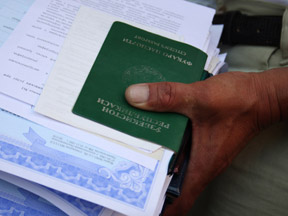The main types of translation
 People who are engaged in translation have a different classification. All of them work with texts of different genres, themes and, of course, languages. When ordering a service, you can independently specify in what form it should be performed, oral or written. For this simple reason, the translation is divided into species and subspecies.
People who are engaged in translation have a different classification. All of them work with texts of different genres, themes and, of course, languages. When ordering a service, you can independently specify in what form it should be performed, oral or written. For this simple reason, the translation is divided into species and subspecies.
In modern times, it is divided into two types, this is a genre-stylistic classification and psycholinguistic. And, of course, these two classes have a lot of subspecies.
To begin, consider the genre-stylistic look. It implies a literary and informative translation. The first subspecies translates the literature. The second is carried out with specialized texts, and is to correctly convey this or that information. For example, if a person needed a translation from the Belarusian language, moreover, it is not easy to text, but some kind of agreement, then this will apply to this subspecies.
Translation can be done both orally and in writing. Translation is the translation of meaning from one language to another. Oral at one time requires the transfer of the same meaning with the help of facial expressions and gestures, possibly in colloquial form. It is most often used in situations when a person comes to another country and understands that he does not understand anything. It is very important that the meaning of what is said is preserved, for this there is a sequential translation of English – this is a translation that is carried out either after what has been said, or in the pauses made by the speaker. There is also a simultaneous translation, which is performed simultaneously with the speaker, a slight lag in the translation text is acceptable.
Also, this operation can be performed by a machine or by a person. This process is based on such stages as reading and listening to text in the source language, directly translating and pronouncing or writing the resulting text. For example, you need a translation of the document into Hungarian, then first you need to carefully read it, then translate it in your mind and, of course, write it down.
It is also important to be able to determine whether the translation is successful. This is evident if you carefully read or listen to this text. The first factor is accuracy, which is characterized by a close transfer of the meaning of the source. Transparency is also very important. This implies a good measure of perception of the text, and in particular, its syntactic and grammatical norms.




